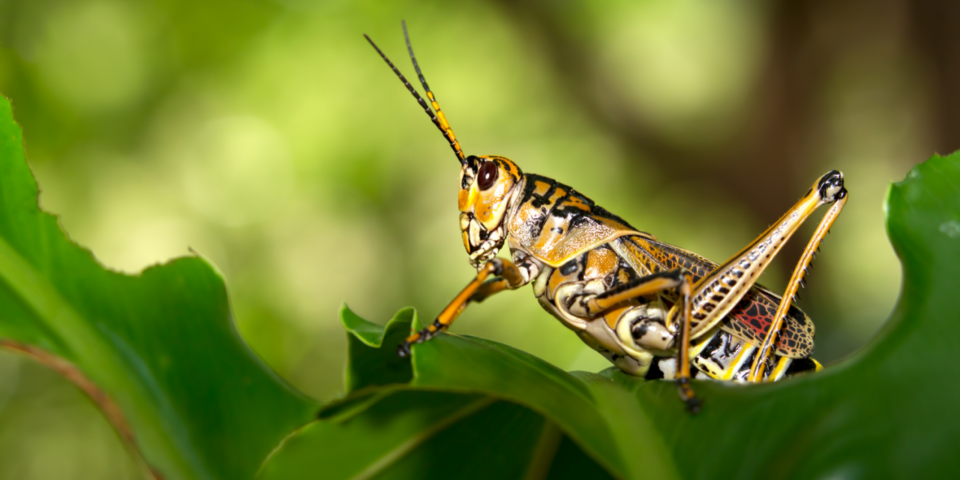For centuries, locust swarms have been the stuff of nightmares for African farmers — capable of stripping fields bare in hours. But now, a growing number of agricultural innovators are flipping the script, harvesting these voracious pests and transforming them into a valuable source of protein, feed, and fertiliser.
From Threat to Opportunity
Climate change is fuelling bigger, more frequent locust swarms across Africa. Rising temperatures could expand their habitat by 25%, while increased rainfall boosts hatch rates. With swarms growing in scale, the damage to crops — and livelihoods — is intensifying.
But some farmers and startups see an opportunity hidden within the crisis. By collecting and processing locusts, they can reduce pest damage, earn income, and create sustainable food sources.
The Harvesting Process
Locusts are most vulnerable at night when they rest on trees and shrubs. Farmers and villagers use this window to collect them by hand or net. In Kenya, the startup The Bug Picture pays locals 50 shillings per kilogram of locusts, injecting much-needed cash into rural communities.
In just 18 days, one project gathered 1.3 tonnes of locusts — proof that the approach can be scaled. Once collected, the insects are crushed, dried, and milled into a fine, nutrient-rich powder. This “insect meal” is packed with protein and micronutrients, making it suitable for animal feed, organic fertiliser, and even human consumption.
Why It Works for Farmers
1. Protecting Crops Without Chemicals
A single square-kilometre swarm can consume enough food for 35,000 people in a day. Traditional responses rely heavily on pesticides, which can harm ecosystems and human health. Harvesting locusts removes the pests without contaminating the environment. Plus, the by-products act as a natural soil booster, improving microbial diversity more than chemical fertilisers.
2. Creating Sustainable Food Sources
Insects are high in protein, require little water to produce, and generate minimal waste — making them an efficient supplement for human diets and animal feed. While cultural acceptance of insect-based foods varies, livestock have no such hesitation, freeing up more grain for human consumption.
3. Cutting Costs
With fertiliser prices skyrocketing — up nearly 30% in Zimbabwe and doubling in Malawi — locust-based fertiliser offers a low-cost alternative. The same applies to animal feed, helping farmers reduce expenses and increase resilience against market shocks.
Challenges Ahead
The practice isn’t without risks. Breeding locusts for harvesting could backfire if they escape into the wild, worsening infestations. And if swarms have been sprayed with pesticides, the residue can make them unsafe for consumption — requiring careful cleaning and processing.
Despite these hurdles, the momentum is growing. Researchers, NGOs, and agri-tech firms are refining collection and processing methods, with an eye on expanding the practice beyond Africa.
A New Chapter for African Agriculture
Uncontrolled locust swarms will remain a major threat as climate patterns shift. But turning these pests into protein could simultaneously protect crops, boost rural incomes, and create sustainable food systems.
While it’s not a silver bullet for Africa’s agricultural challenges, locust harvesting might just be one of the most unexpected — and promising — tools in the fight for food security.


